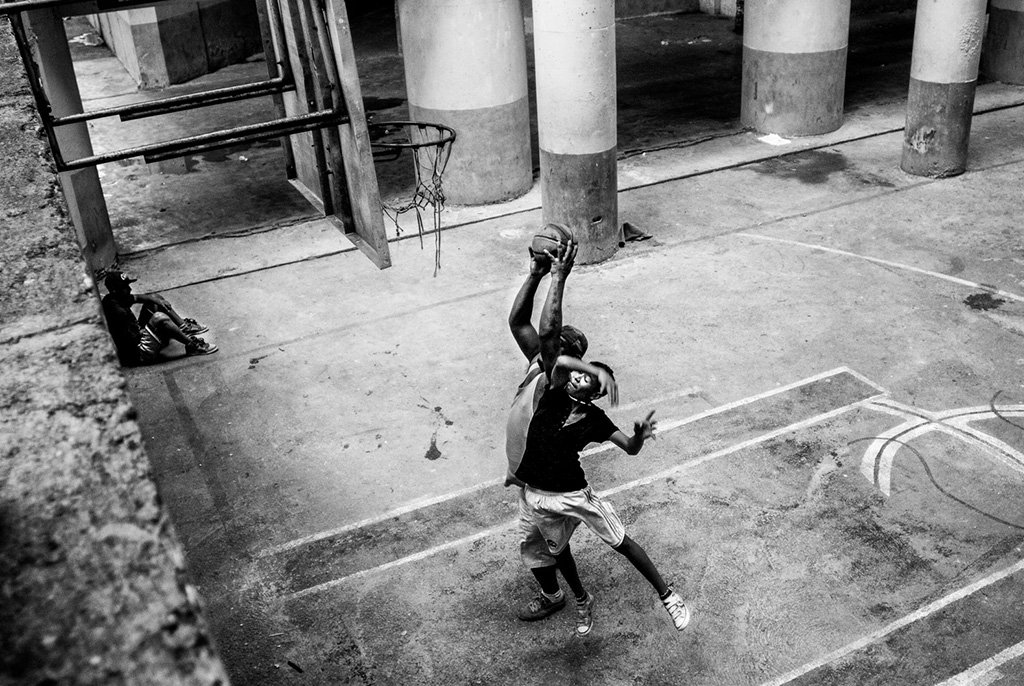Alejandro Cegarra 2014 Winner
The other side of the Tower of David
The Tower of David is a skyscraper located in downtown Caracas, Venezuela. The structure is 195 metres high and consists of two towers containing 45 floors. After a devastating economic crisis hit Venezuela in 1994 construction was abandoned until 13 years later; in 2007 construction began again. Instead of office workers, approximately 2,000 families invaded the space to live illegally. The Tower of David has become an emblematic/powerful symbol of the city of Caracas. It represents the failed hopes of Caracas to remain a major economic centre.
In this same way, the Tower of David has come to represent Venezuela as a whole. The tower has a reputation for harbouring the most dangerous of criminals; ironically, its inhabitants are drawn to the tower because of the security it offers, its fortification. For them, the tower is their part in the Bolivarian Revolution. Central to their way of life is a fight against the social parameters in which they are being viewed as a dysfunctional community.
The tower remains a closed society. Its residents are afraid of being discriminated against because of their poor living conditions, and it’s very hard to get access to. Whilst the takeover of the tower and the prevailing way of life remains controversial, the reality is that its inhabitants are simply people searching for a sense of belonging and a place to call home. They are loyal to the late Hugo Chavez, who had the biggest oil revenue in the history of Venezuela under his control.
Chavez also implemented numerous outreach programmes and a redistribution of wealth. However, during his command, the country also experienced the highest murder rate in its history, becoming the third most dangerous country in the world despite the initiation of 21 security plans over 14 years.
The country’s law enforcement and justice system remains poor despite the estimated 200,000 members of the Venezuelan security forces. This is inadequate especially given the exorbitant figures of homicides per year, ranging from 79-114 homicides per 100,000 inhabitants. Judges and prosecutors are overwhelmed with up to 700 cases a month and an impunity rate of 90%.
The law does not reach the slums of Caracas. This area is a virtual “no man’s land” where “survival of the fittest” prevails. In part, this is being supported by the large number of weapons circulating in Venezuela, which is between 9 and 15 million, despite the government’s disarmament plans.
About the Photographer
Alejandro (b.1989, Venezuela) based in Caracas, completed a photography workshop at the Roberto Mata School, while studying advertising. He has exhibited at PhotoEspaña, was chosen by the Magnum Photo Agency as part of the “30 Under 30”, and won the 2014 Leica Oscar Barnack Newcomer Award.












